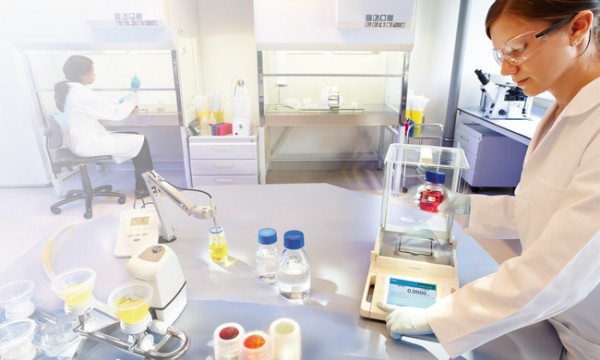Biotechnology and German Excellence in High Tech

December 19, 2012
Scientific American recently (October 12, 2012 p 41) discussed a development model of strong and long-enduring collaborations between German universities and the high tech industrial portion of the German economy. These efforts stretch out over years and even decades and are highly focused on specific problems that the companies bring to the table. The article goes on to analyse the US business model and concludes that it is not as effective. The US doesn’t think long term and cannot follow innovative pathways to completion as effectively as the Germans. This is the result of our political system that favors short term programs at the expense of long term efforts.
How do these observations apply to the life sciences industry in Germany today? According to Dr. Uwe Gottschalk, VP for Purification Technologies at Sartorius Stedim, "We lost a substantial biotechnology infrastructure when we suffered a massive brain drain of our genetic engineering work forceyears ago. Unfortunately we have not yet completely recovered from this setback.”
The pragmatic German solution is more or less, “if you can’t beat them, join them.” That is, German life science companies such as Sartorius, have developed collaborative agreements with the US industrial sectors. “We work with smaller, more nimble companies,” he continued. “We are screaming for new ideas from small players, but not necessarily from academia.”
Whereas Sartorius does not ignore the academic sector, the company seeks to develop a tight interface with clients to improve the efficiency of communication. Gottschalk feels that most academic research projects in the area of bioprocessing are not advanced to the point where proof of principle studies have been performed.
“In fact, the American academic bioprocessing sector tends to be more practically directed than its German counterpart,” he stated. To this extent, the collaborations with the American academic sector are more appropriate. “Other industries in Germany are a different story. For instance, there is a lot of collaboration throughout German universities with the auto industry, which focuses on high tech material sciences.”
In Gottschalk’s opinion the life sciences industry is currently in a state of flux. “Initially the US got jump on Germany and other European countries. So we missed first wave but we are catching the second and the third waves of innovation. This makes me optimistic about the future.”
Comments
Submit a Comment
Please be sure to fill in all information. Comments are moderated. Please no link dropping, domains as names; do not spam and do not advertise.

 RSS Feed
RSS Feed
There are currently no comments